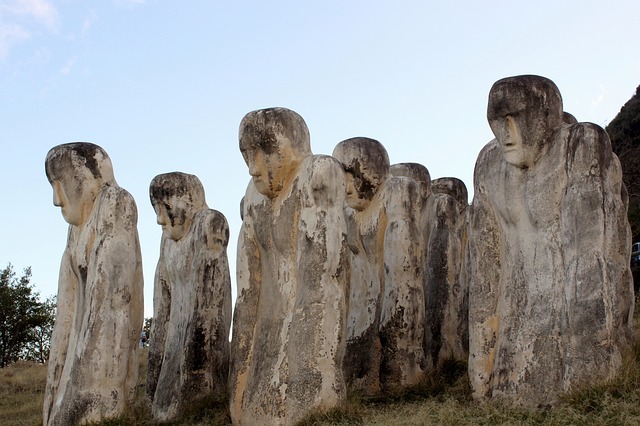In 1502, on his fourth voyage to the New World, Christopher Columbus discovered Martinique. At the time, the island’s inhabitants were the Caribbean Indians, who had already driven out the Arawaks from the Orinoco Valley. For them, Martinique was Madinina, the island of flowers.
June 15, 1502: Christopher Columbus lands on the Caribbean coast at Le Carbet.
1635: First French settlement with Pierre Belain D’Esnambuc.
October 31, 1636: King Louis XIII authorizes the introduction of slaves into the French West Indies.
1685: Establishment of Colbert’s ‘Code Noir’, which in 60 articles officially governed the lives of slaves until 1848.
1762 to 1848: Martinique undergoes several periods of English occupation.
May 22, 1848: Abolition of slavery
May 8, 1902: Eruption of Montagne Pelée and destruction of the town of Saint-Pierre. Fort-de-France becomes the capital.
March 19, 1946: Martinique becomes a French department. It is represented by 4 deputies and 2 senators.
1983: following the 1982 decentralization law, the Conseil Régional is created.

